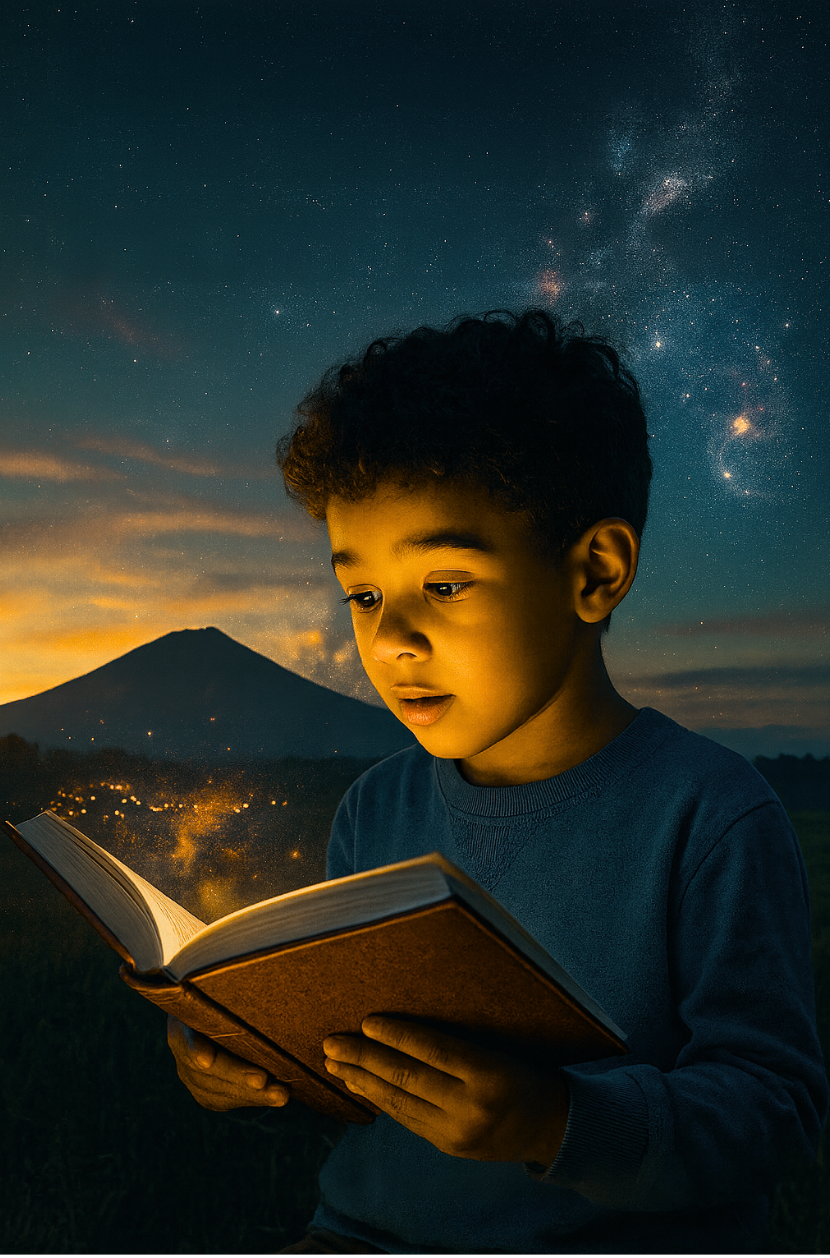Third Culture Kids and the Power of Storytelling
- Sophia Anne-Marie Miller
- Aug 6
- 2 min read
By Sophia Anne-Marie Miller

Before we built cities or wrote laws, we told stories.Around firelight. In song. On cave walls and across generations.Storytelling is one of the oldest things we do as humans; arguably the most essential.
It’s how we:
Make sense of who we are.
Locate ourselves in time, in place, and in relation to others.
Survive, remember, connect, and become.
Stories Make Us Human
Long before we had science, we had myth. Before we had therapy, we had tales that held grief, transformation, rage, and rebirth.
As the author and neuroscientist Lisa Cron wrote,
“Story, as it turns out, was crucial to our evolution—more so than opposable thumbs. Opposable thumbs let us hang on; the story told us what to hang on to.”
Our brains are wired for narrative. We understand the world through beginnings, middles, and ends. Even when life is chaotic or unexplainable, we seek the shape of a story to bring meaning.
For children, especially those growing up across cultures, this becomes even more vital.
Who Are Third Culture Kids?
A third culture kid (TCK) is someone raised in a culture different from their parents’ or country of origin—often moving across borders and identities throughout childhood.
TCKs are frequently adaptable, emotionally intelligent, and open-minded. But they can also feel rootless. Unclear on where home is. Unable to answer the simple question, “Where are you from?”
This is where storytelling becomes more than a tool. It becomes a lifeline.
Storytelling as Self-Assembly
For third culture kids, stories are a way of stitching together fragmented identities. A way of saying, This is how I got here. This is what I carry. This is who I’m becoming.
Through writing, oral narrative, theatre, and even journaling, TCKs can begin to see that their life isn’t scattered—it’s storied. They don’t have to pick one “home.” They can live in the rich, layered between.
And often, imagination becomes the glue. The place where truth and fiction braid together. Where a child can be both Indonesian and Dutch, both girl and dragon-rider, and both real and radiant in their becoming.
As many TCKs know, sometimes, imagination feels more real than the material world. Sometimes, the only place you belong… is the one you create.
Why We Centre Storytelling at Miller & Co
At Miller & Co, we use storytelling as both curriculum and compass. We write. We read aloud. We build story maps and paint our memories.
We ask children:
– What do you want to remember?
– What do you wish the world knew about you?
– What myth would you write if you were a god for a day?
Because when a child tells their story, they begin to author their identity. They realise they are not just a character in someone else’s script. They are the narrator. The world-builder. The main event.
A Final Word
In a world obsessed with outcomes and credentials, storytelling brings us back to essence. To the heart of what it means to be human, and to grow.
For third culture kids especially, it offers something sacred: A way to belong to themselves.
Because no matter where they land on the map, they carry a story no one else can tell. And that story: spoken, scribbled, or still forming...is enough.
— Sophia



Comments